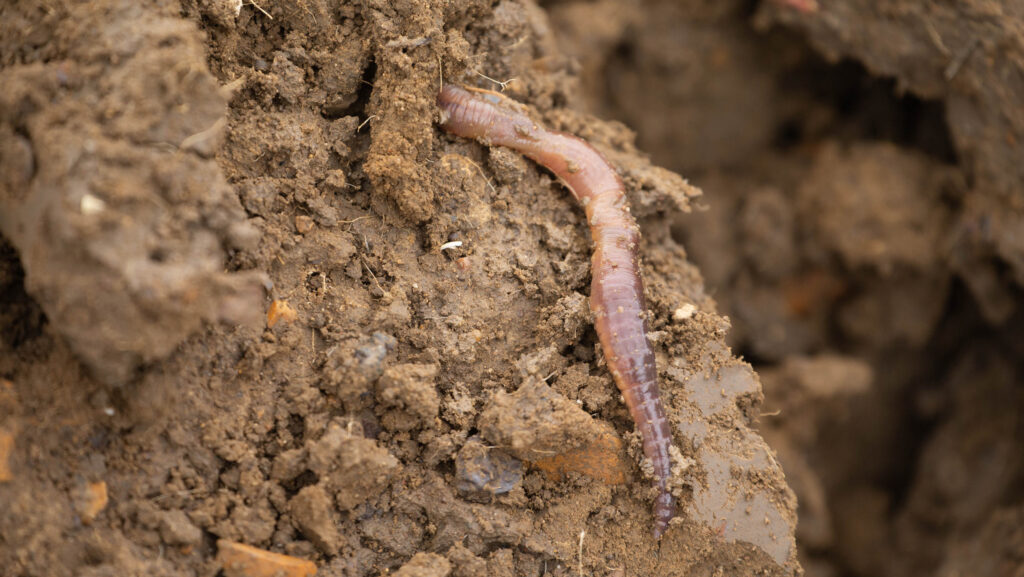Groundswell: Research projects add to regen farming knowledge
 © Tim Scrivener
© Tim Scrivener Three regenerative farming research projects which have been co-designed with farmers are starting to produce results, visitors to Groundswell were told.
All are addressing how to balance food production with positive outcomes for biodiversity and climate, using farm sites and existing farming knowledge to assess the effects and risks of changing practices.
See also: What makes the ideal wheat variety for regenerative farming?
H3 project
Among the findings to come from the H3 project is that the use of regenerative practices is resulting in a 70% increase in earthworm numbers, along with a reduction in fertiliser and insecticide use, said Katherine Berthon of Cambridge University.
“So far, there’s been no difference in herbicide use,” she said.
“The H3 project uses 60ha sites and hopes to develop a scoring system based on the use of different regenerative practices, reflecting the complexity of biological systems and the individual needs of farmers.”
Fix Our Food project
At Leeds University, part of the Fix Our Food project is running a trial based on various combinations and stacking of the regenerative farming principles, measuring the impact of changes in practice on soil, crops, profit and greenhouse gas emissions.
As Dr Ruth Wade explained, the aim is to measure as much as possible, with the project being advised by current farm practice.
After just 18 months, changes in soil organic carbon distribution have been recorded, she said, with two of the treatments being plough-based.
AgZero+
AgZero+ is a five-year project being undertaken by the UK Centre for Ecology and Hydrology (UKCEH) and Rothamsted Research, reported Prof Richard Pywell of the UK Centre for Ecology and Hydrology, which is working on defining pathways to achieving net zero.
The project operates on a range of scales – landscape, catchment, farm and plot – and involves 40 farms having the effects and risks of farming operations measured and monitored.
This will allow benchmarking and will also lead to the production of tools and models, including apps, that can be used by farmers to evaluate environmental opportunities and do continuous monitoring, said Richard.

